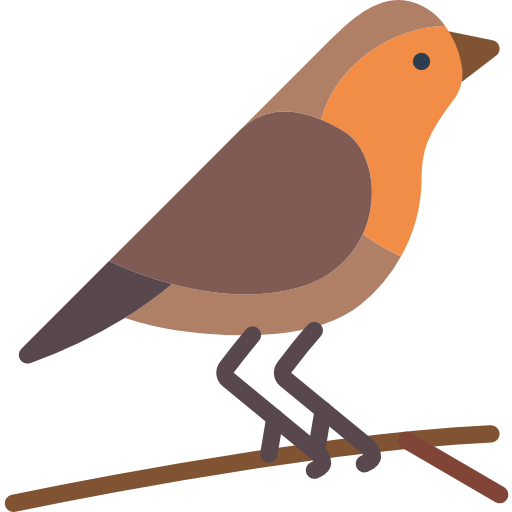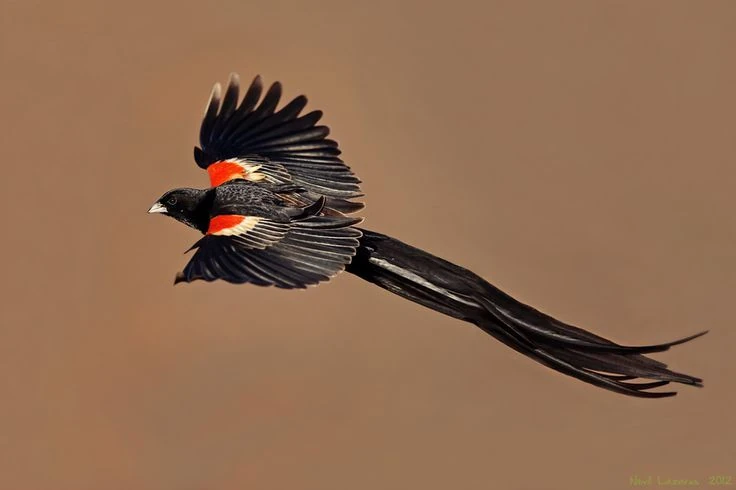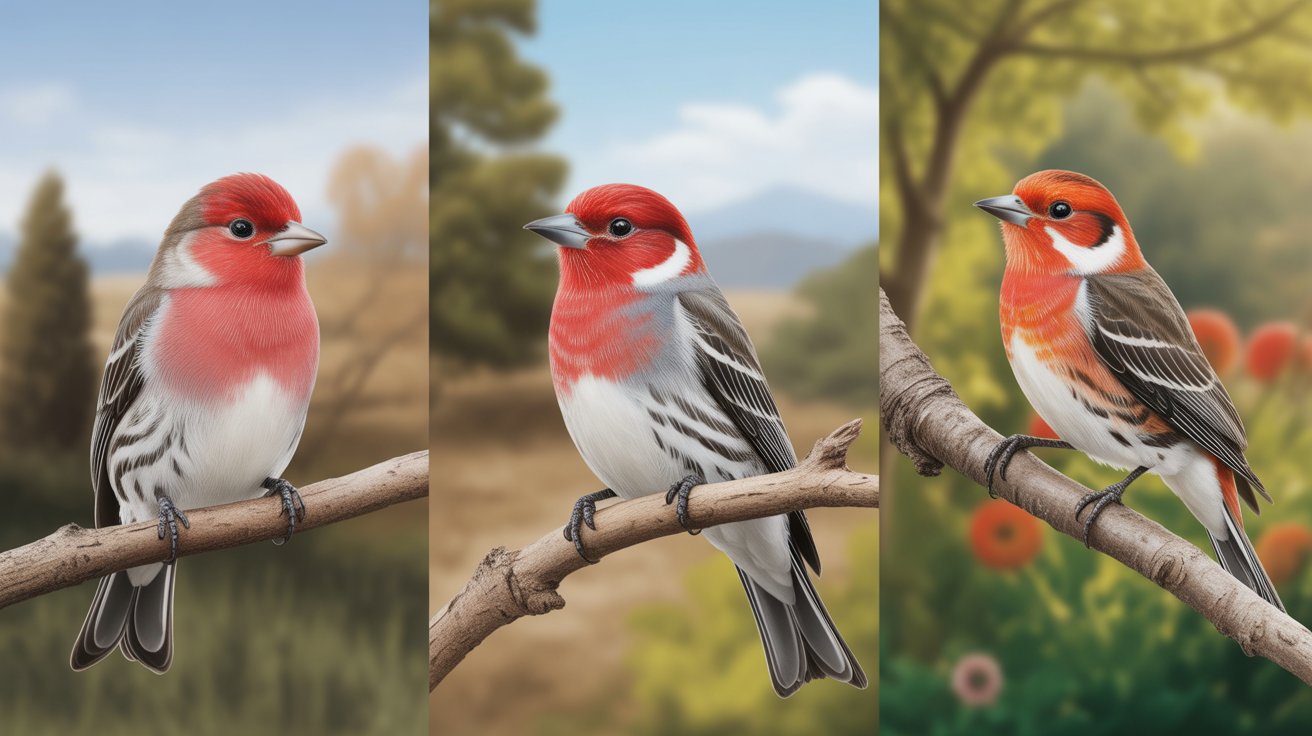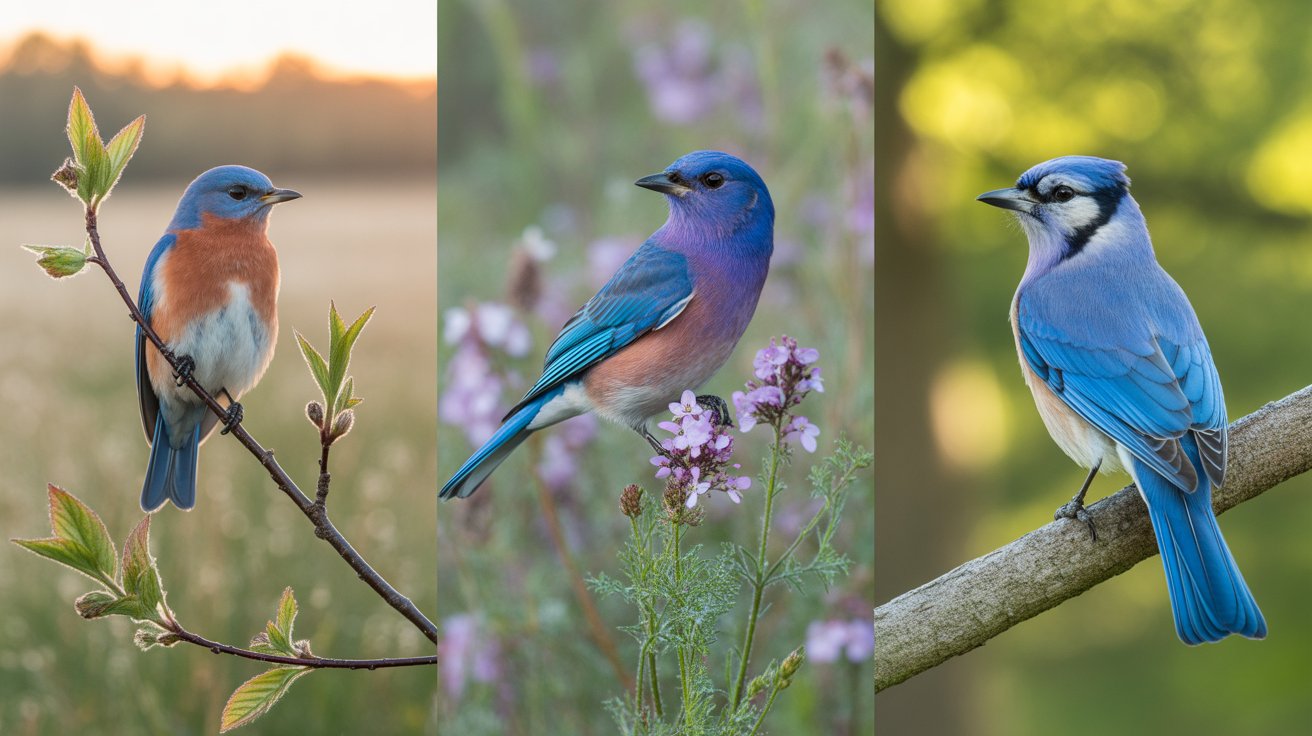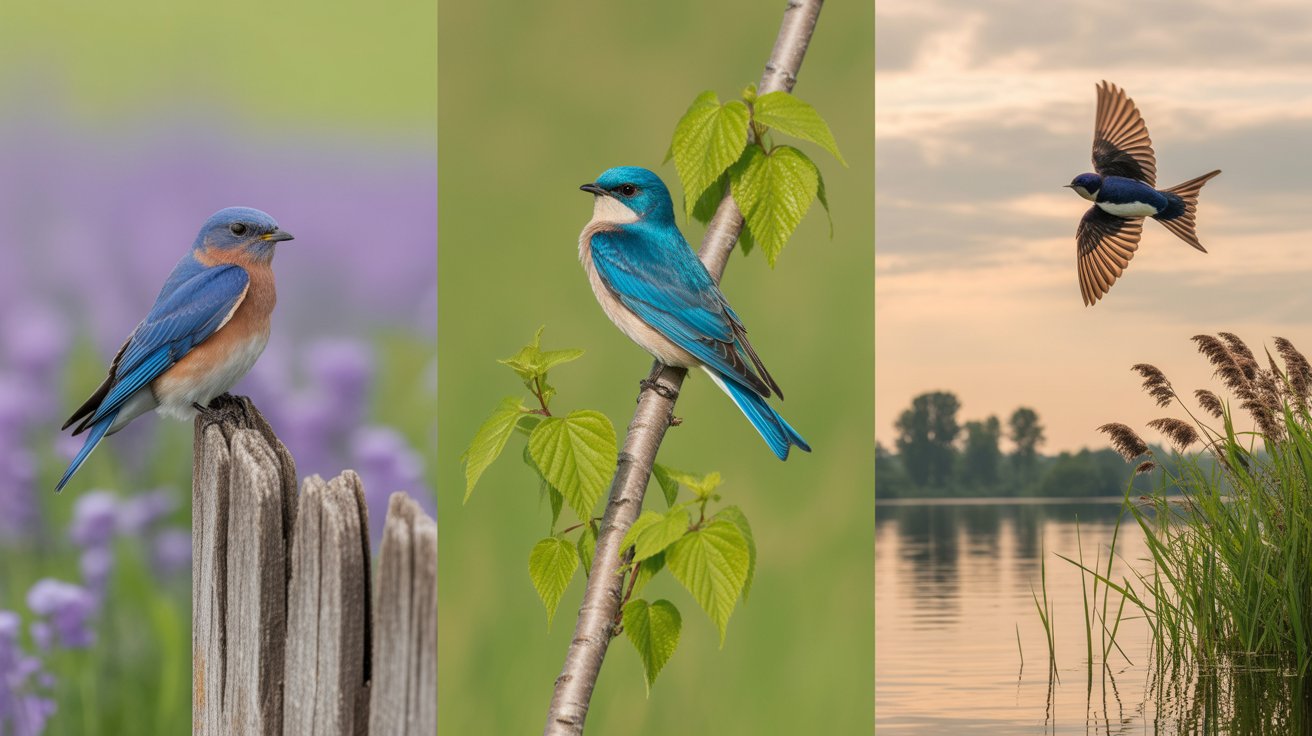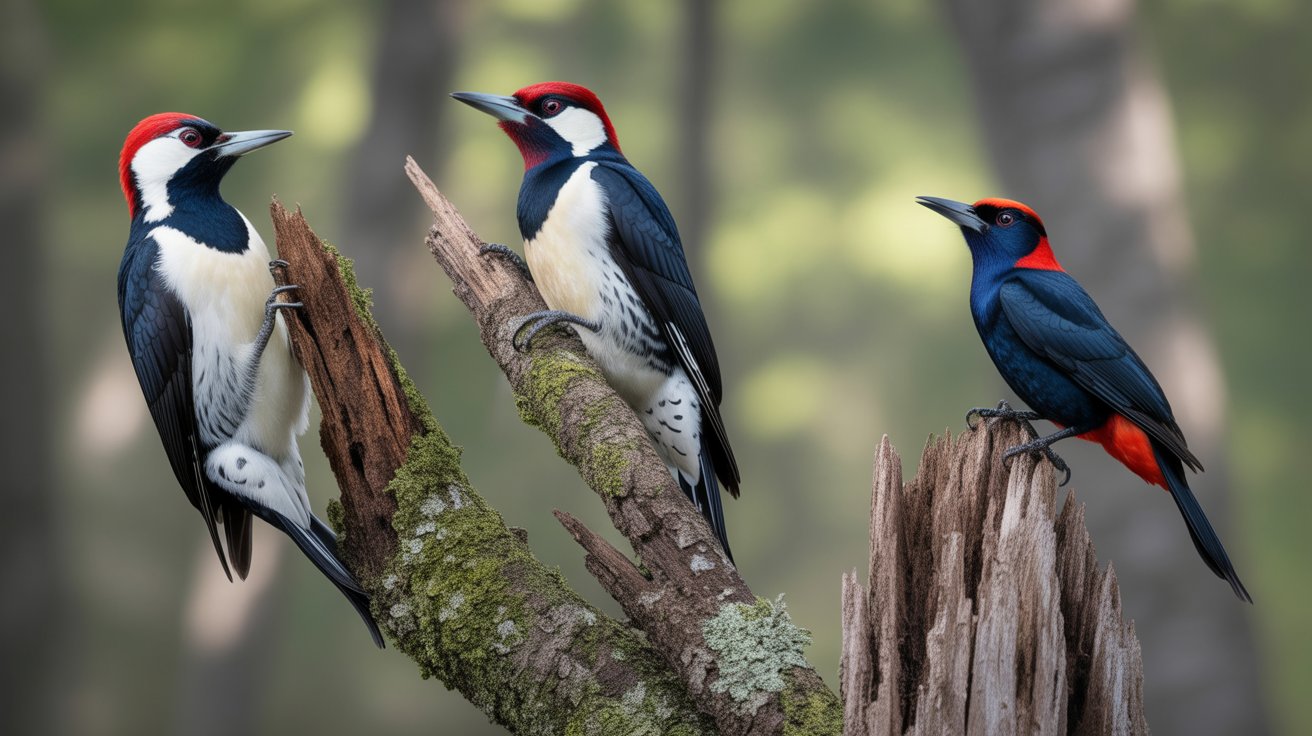Have you ever seen a bird that looks like it’s wearing a flowing black ribbon as it soars across the sky? If not, let us introduce you to the Long-tailed Widowbird — one of the most striking birds found in the grasslands of Africa. This bird stands out not just because of its rich black plumage, but also because of its incredibly long tail feathers, especially during the breeding season.
You’ll find this bird fascinating if you enjoy learning about unique animal behaviors and natural beauty. From elaborate mating displays to their grassland habitats, these birds offer so much more than just good looks. Males, in particular, grow long, trailing tail feathers to impress potential mates, making them one of nature’s most dramatic performers.
In this article, you’ll discover everything you need to know about the Long-tailed Widowbird — from its physical traits and habitat to its diet, breeding habits, and some truly interesting facts that make this bird a must-know. Whether you’re a birdwatcher, wildlife enthusiast, or simply curious, you’ll enjoy this deep dive into the life of one of Africa’s most visually captivating birds.
Long-tailed Widowbird: The Elegant Bird with a Flowing Tail
Scientific Classification
Let’s begin with the basic biological identity of the Long-tailed Widowbird:
- Scientific Name: Euplectes progne
- Family: Ploceidae (Weaver family)
- Order: Passeriformes
- Class: Aves
- Conservation Status: Least Concern (IUCN)
Belonging to the weaver family, the Long-tailed Widowbird is part of a group known for intricate nest-building and diverse plumage displays. Though not endangered, habitat changes can affect local populations, making conservation awareness important.
Physical Description
The Long-tailed Widowbird is all about style, especially during mating season. Here’s what you’ll notice:
- Size: Around 25 cm (10 inches) long without tail extensions; males with tail extensions can reach up to 50 cm (20 inches)
- Wingspan: Approximately 22–25 cm (8.7–9.8 inches)
- Weight: Between 25–35 grams
- Plumage: Males are jet-black with bold orange-red shoulder patches. During breeding season, they grow long tail feathers that look like streamers in flight.
- Females: Much duller in appearance—brown and streaky, resembling sparrows. This camouflage helps while nesting.
- Eyes & Beak: Dark eyes and a short, conical black beak. The beak is ideal for a seed-based diet.
During flight, the male’s extended tail feathers billow behind them like a banner, making them one of the most eye-catching birds in the African plains.
Habitat and Distribution
You’ll find the Long-tailed Widowbird across parts of sub-Saharan Africa, especially in:
- Countries: South Africa, Kenya, Zambia, Tanzania, and parts of Zimbabwe
- Preferred Habitat: Moist grasslands, savannas, wetlands, and agricultural areas
These birds thrive where tall grasses are abundant. The long grass helps them stay safe from predators and also offers materials for building nests. Males often perch on exposed grass stalks to show off their plumage.
Unlike forest birds, Long-tailed Widowbirds prefer open spaces where they can be easily seen and heard — especially when it’s time to find a mate.
Behavior
If you’re wondering why they have those long tails, it all comes down to courtship and competition.
- Territorial Displays: Males defend large territories during breeding season, sometimes as big as an acre. They patrol their zones vigorously.
- Flight Display: One of the most captivating behaviors is the slow, bouncing flight of the male as he fans out his long tail feathers to attract females.
- Polygyny: A single male often mates with multiple females — sometimes up to five or more in a single breeding season.
These birds are relatively social outside the breeding season, often forming small flocks. Their behavior shifts dramatically when mating season begins, with males turning from social to highly competitive.
Diet
You may think such a showy bird would need an extravagant diet, but it’s surprisingly simple:
- Primary Diet: Grass seeds and grains
- Secondary Diet: Small insects like beetles, ants, and larvae
The conical beak is perfect for cracking seeds. During the breeding season, insects provide extra protein, especially for growing chicks.
They forage on the ground, pecking through grasses and dirt. In agricultural areas, they may even be spotted feeding on leftover grains.
Breeding and Nesting
The breeding season is when these birds truly shine — and not just because of their plumage.
- Breeding Season: Typically during the rainy season, varying slightly by region
- Courtship Display: Males perform aerial displays and sing to attract multiple females
- Nesting: Females are responsible for building the nest, which is a domed structure made of grass and hidden in tall vegetation
- Eggs: 2–4 eggs per clutch, pale bluish in color
- Incubation: Around 12–14 days
- Chick Rearing: Done solely by the female; she feeds the chicks until they fledge, usually in 2 weeks
Despite their attention-grabbing tail feathers, males do not assist in nesting or raising chicks — their main role is to attract as many mates as possible.
Interesting Facts
- Record-Breaking Tail: The male’s tail can grow up to 50 cm long — twice the bird’s body length!
- Darwin’s Favorite: Charles Darwin studied widowbirds as an example of sexual selection, noting how females preferred longer tails.
- Molting Tail Feathers: After the breeding season, males lose their elongated tails and resemble the duller females.
- Inspired Experiments: Biologists have tested female preferences by artificially extending or shortening tails, confirming the role of tail length in mating success.
- Cultural Significance: In some African regions, the Long-tailed Widowbird symbolizes elegance and pride.
These facts highlight not only the bird’s beauty but also its importance in the study of evolution and animal behavior.
FAQs
1. Why is the Long-tailed Widowbird’s tail so long?
The male’s long tail is used to attract females during the breeding season. It’s a result of sexual selection — females prefer males with longer, more dramatic tails.
2. Do both male and female Widowbirds have long tails?
No, only males develop the long tails during the breeding season. Females remain brown and short-tailed to stay camouflaged while nesting.
3. Where can I see a Long-tailed Widowbird in the wild?
They are commonly found in sub-Saharan African countries like South Africa and Kenya, especially in moist grasslands and farmlands during the rainy season.
4. What do Widowbirds eat?
They primarily eat grass seeds and grains, but will also consume insects for protein, particularly during the breeding season.
5. Are Long-tailed Widowbirds endangered?
No, they are currently listed as Least Concern by the IUCN. However, habitat loss due to agriculture or development can affect local populations.
Conclusion
The Long-tailed Widowbird is a bird that captures your attention and keeps it — not just because of its striking tail but also due to its unique behaviors and courtship rituals. Whether you’re a bird lover, a student of nature, or just someone who appreciates the wonders of wildlife, this species offers an unforgettable glimpse into the beauty of evolution.
From their African grassland homes to their fascinating life cycle, Long-tailed Widowbirds are a perfect example of how appearance, behavior, and biology can come together in the most enchanting way. So next time you hear about birds with flair, you’ll know exactly which one tops the list.
Keep exploring — there’s always more to learn in the world of birds!
